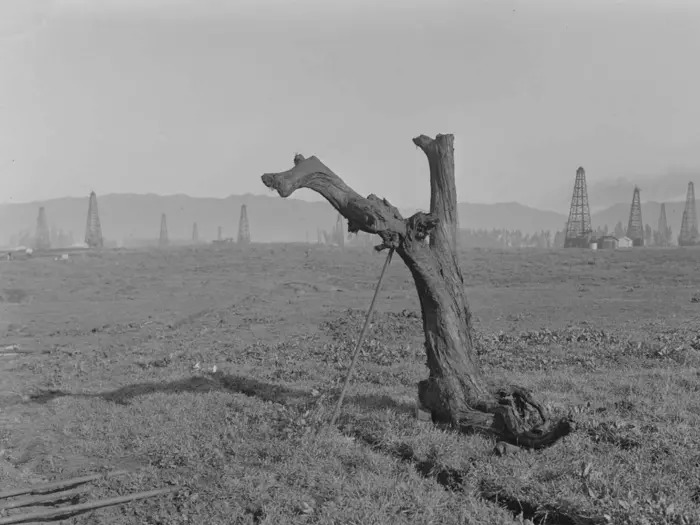China’s Chinook-style Boying T1400 drone aces debut test flight
- MM24 News Desk
- 2 days ago
- 2 min read

United Aircraft Technology has successfully conducted the first test flight of its Boying T1400, a heavy-lift unmanned helicopter capable of carrying 650kg (1,430lbs) and operating in extreme conditions from the Himalayas to the South China Sea. The Chinook-style drone promises to revolutionize high-altitude and maritime logistics with its eight-hour endurance and resistance to temperatures from -40 to 55°C (-40 to 131°F).
c The drone’s successful debut in Harbin marks a significant leap in autonomous heavy-lift capabilities, reported the South China Morning Post (SCMP).
So, what makes this tandem-rotor drone so capable? It’s built like a tank for the skies. With a maximum take-off weight of 1,400kg (3,090lbs), the T1400 isn't just strong; it's also resilient. It can operate at altitudes up to 6,500 meters (21,000 feet), making it perfectly suited for the high-altitude Tibetan Plateau. Furthermore, it can take off and land in strong winds and is built to handle the corrosive "three high" maritime conditions: high temperature, high salt, and high humidity.
The applications for such a versatile platform are vast. In agriculture, it can cover approximately 133 hectares (328 acres) per hour, making its spraying efficiency a thousand times greater than smaller multi-rotor drones. For emergency services, it can suppress fires across an area of more than 1,000 square meters in a single sortie. Its cabin is even designed to carry one patient, two medical personnel, and their essential equipment for emergency medical evacuation.
While officially marketed for civilian use, the T1400's profile has clear logistical implications for challenging environments. According to SCMP, its endurance and capacity could prove crucial for operations in regions like the Himalayan border. Military commentator Song Zhongping noted that while a civilian version is the current priority, "continuous optimisation and improvements could lead to the development of a military version."
A key advantage highlighted by the manufacturer is production scale. United Aircraft Technology estimates its production line could churn out one aircraft every three hours, potentially leading to an annual output of 1,000 units. This capacity is essential for meeting the large-scale transport and potential attrition demands of high-intensity scenarios, whether for disaster relief or other large-scale operations.
How does it stack up against existing technology? The T1400 boasts eight times the cargo capacity of China's current high-altitude drone helicopter, the AR-500C. While its payload doesn't rival the US military's Chinook CH-47, which can lift over 12 tonnes, its potential for mass production and autonomous operation presents a different kind of strategic advantage. Its range and wind resistance also make it suitable for ferrying logistics to and from islands in contested maritime regions.
The arrival of the T1400 signals China's focused push into the global drone race, developing advanced unmanned systems for both economic and strategic applications. By solving the challenge of heavy-lift capability in unforgiving environments, United Aircraft Technology has created a platform that could redefine aerial logistics in some of the world's most remote and demanding locations.



Comments